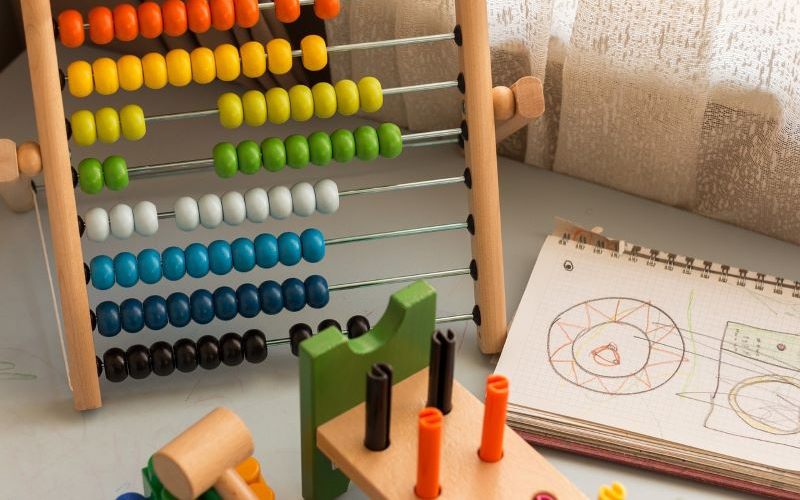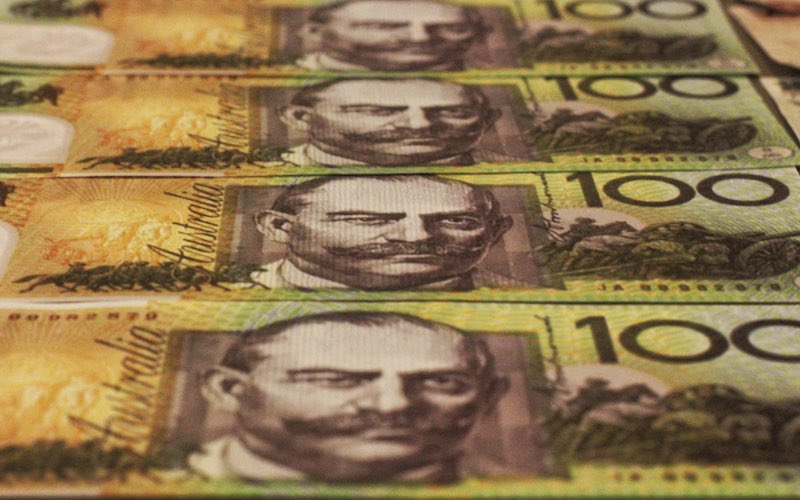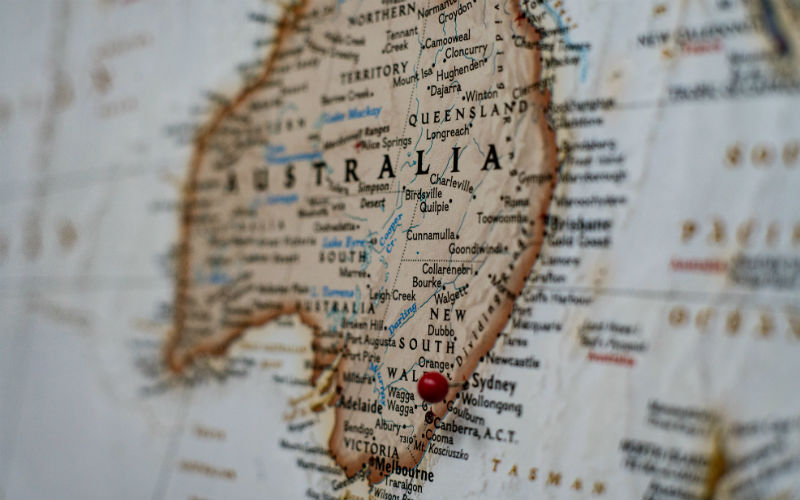Fresh labour force figures show an additional 44,000 started the year having found work, while the number of unemployed increased by 23,000.
Market expectations were for just 20,000 new jobs in January.
Despite the higher-than-expected employment growth, the number has not contributed to labour market tightening with participation rate reaching a new record high.
The combined increases in the number of people employed and unemployed lifted the participation rate to 67.3%, up 0.8 percentage points from a year ago.
The participation rate measures the proportion of the population currently employed or actively job-hunting.
Compared to the peak of the Covid lockdowns, January 2025's participation rate is up 1.8 percentage points.
Questions over how new job starters are counted in January
As expected based on previous Januarys, the rise in unemployment reflected the higher-than-usual number of people who weren't working but were waiting to start or returning to work in the future.
This may include people waiting to start a new job, currently on holiday, or away from work to care for children at the start of the school year.
According to economists, the seasonal rise in unemployment driven by the "attached to a job but yet to start phenomenon" may see the unemployment rate unwind come February.
"If the 10k additional 'unemployed future starters' were instead measured as employed and everything else was held steady, the unemployment rate would have risen just 5bp rather than 14bp," explained Taylor Nugent, NAB senior market economist.
Seasonally adjusted monthly hours worked fell by 0.4%, as more people than usual have been away from work at the start of the year, though the ABS noted this is less so than in recent Januarys.
"The fall in seasonally adjusted hours worked in January 2025 is the smallest we've seen over the past five Januarys, and much more in line with what we have seen in the past, before the pandemic," said Bjorn Jarvis, ABS head of labour statistics.
In trend terms, the unemployment rate remained steady at 4% in January.
More women enter the job market
The employment-to-population ratio also soared to a new record, up to 64.6% on the back of the large increase in female employment in January.
This was 0.8 ppt higher than a year ago and 2.4 ppts above pre-pandemic levels.
"[The female] employment-to-population ratio rose 0.3 ppts, to a record high of 60.8%, which was 0.7 ppts higher than a year ago and 2.9 ppts higher than before the COVID-19 pandemic," Mr Jarvis said.
While more women entered the labour market, more also found themselves looking for jobs, with the female unemployment rate rising to 4.1%.
Reconciling the 'loosening' jobs market
The RBA's latest Statement on Monetary Policy, released alongside its recent decision to cut the cash rate for the first time since November 2020, forecasts that the unemployment rate to stabilise at 4.2% from Q2 2025.
The data suggests Australia's economy continues to generate enough jobs to prevent a significant rise in unemployment.
However, weaker wage growth indicates that the labour market may be softer than headline figures suggest, especially in the private sector.
ABS' latest wage price index (WPI) - released a day earlier than the jobs data - rose 0.7% in the December quarter and 3.2% over the year, both seasonally adjusted.
This is the lowest quarterly growth since March 2022 and the lowest annual rise since September 2022, as fewer private-sector jobs saw pay rises.
"The WPI suggests the labour market is looser than the headline numbers suggest," CBA economist Belinda Allen noted.
"They suggest conditions in the labour market have softened and add to evidence the NAIRU (non‑accelerating inflation rate of unemployment) is lower than what the RBA thinks," she added.
Economists from CBA and NAB are in agreement that the labour market may not be as inflationary as the RBA expects.
The RBA was careful to warn that the recent cut to the cash rate does not necessarily mean further policy easing is imminent, given "unexpectedly strong" labour market data.
"As seen in the WPI data yesterday the labour market through 2024, while still healthy, was not particularly wage inflationary," Mr Nugent argued.
Ms Allen added, "To put this another way, we are of the belief that the unemployment rate does not need to materially lift further for wages growth to moderate and for inflation to move to the mid‑point of the RBA's target band."
However, speaking to the Savings Tip Jar podcast, Judo Bank chief economic adviser Warren Hogan noted the RBA could look "pretty stupid" after February's rate cut because the labour force is still so strong.
"We have clear evidence now that the consumer is in a recovery phase and that employment is incredibly strong," he said.
"This idea that the private sector is weak and that the government's here to save the day with all their spending is absolute rubbish - private sector job vacancies went up at the end of last year."
The NAB job vacancies index showed vacancies rose 4.2% in the fourth quarter, with most of the gains seen in services industries including accommodation & food, arts & recreation and rental, and hiring & real estate.
Unemployed people per vacancy was also 1.7, much stronger than the pre-pandemic average of 3.
"It seems to me the RBA is making a judgement about how they're perceived in the community and what could happen in the election campaign to their position and the way people talk about them if they didn't cut rates," Mr Hogan said.

Ready, Set, Buy!
Learn everything you need to know about buying property – from choosing the right property and home loan, to the purchasing process, tips to save money and more!
With bonus Q&A sheet and Crossword!


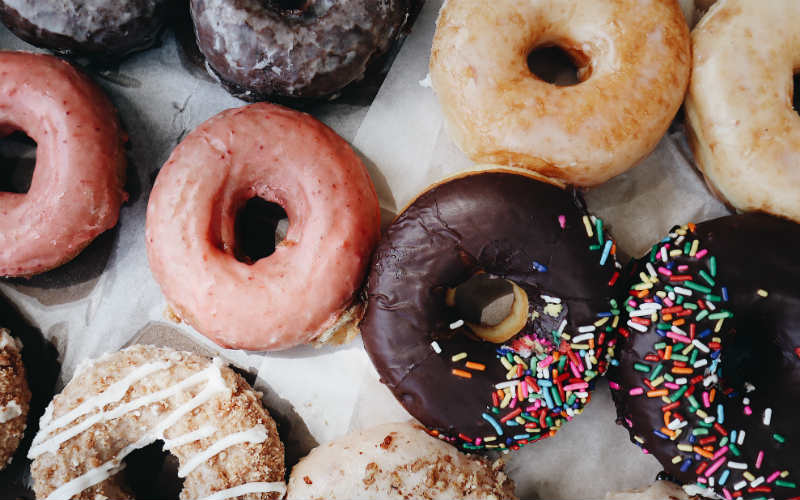
 Emma Duffy
Emma Duffy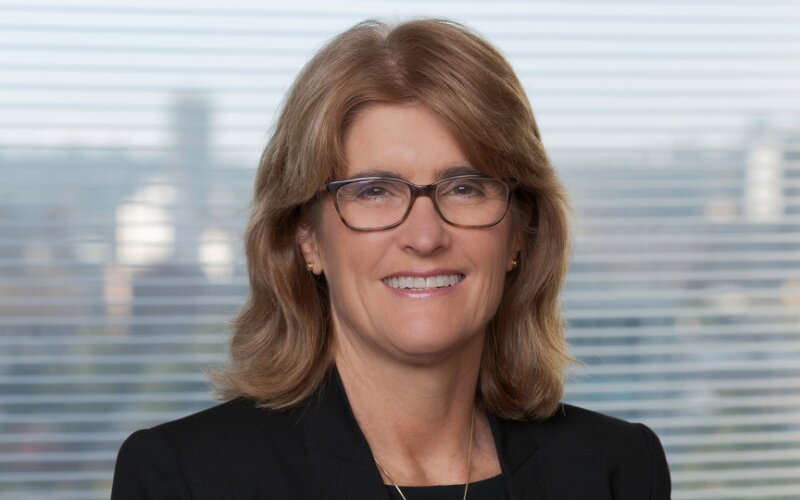
 Hanan Dervisevic
Hanan Dervisevic

